The music industry is always evolving and changing as new technologies emerge. Digitalization has transformed how we listen to music, download it and stream it from our smartphones. Connectivity has made it easier than ever for artists to build their own fan bases, but the rapid pace of these digital advancements poses a significant threat (or blessing) to the future of the industry.
Various modern day technologies are being employed in the music industry now-a-days. AI, VR, Blockchain are steadily becoming common ground in the industry.
Artificial Intelligence: The Future of Music AI
Artificial Intelligence is increasingly being used in the music industry. AI helps artists to manage their marketing, fanbase and music production. AI can also help musicians to manage their finances. For example, they can use it to analyse their income and expenditure, which can be difficult to keep track of when you’re self-employed. AI can also be used in music streaming, where it can find the perfect song for you based on your mood, activity and the time of day. The future of music AI will likely see more artists benefiting from these tools to manage their careers. AI will also likely become more sophisticated and able to create music that is indistinguishable from that made by humans. One of the biggest ways that AI will affect the music industry is through its potential to democratize access to music. Today, a sizable chunk of humanity doesn’t have ready access to music, either because they can’t afford it or they don’t have easy access to it. AI could make it easier to find and listen to music. AI is expected to have a significant impact on the music industry as it evolves.
Blockchain Technology: The Future of Music Blockchain
Artists are increasingly using blockchain technology to manage their copyrights. This means they can track how their music is being used and be paid each time their music is played or used in another creative project. Global music distribution company, Ujomusic, is using blockchain tech to build a decentralised music platform where artists can upload their content and get paid directly by their fans. There is no need for a third party in this scenario – the artist gets to keep all of their earnings. AI and blockchain are likely to continue to grow more intertwined as time goes on. AI can help to manage the flow of music across blockchain networks. An artist could set up their own blockchain so that their fans can easily track the process of making a song from start to finish. This could make the music industry more democratic and open to people who aren’t necessarily famous. Blockchain has the potential to reshape how the music industry operates, especially if more artists start using it.
VR and AR: The Future of Music Virtual Reality
Virtual reality (VR) and augmented reality (AR) have been in the mainstream for only a couple of years, but they have already begun to transform the music industry. VR is expected to become a more significant part of the music industry in the future with VR expected to play a big role in live concerts and how fans consume live content worldwide. Artists could create their own VR concerts, and fans could get access to them by putting on a VR headset. VR could also help artists create more immersive music videos, letting artists transport viewers to new worlds. VR will also likely play a role in music discovery, letting people try out music experiences without having to spend any money. VR isn’t just expected to be a part of music or play a sidekick role in music — it could also transform the music industry as we know it. VR could give record companies new ways to distribute music that could help them stay relevant in the face of tremendous technological change.
Smart Contracts: The Future of Music Smart Contracts
Smart contracts are computer programs that facilitate the exchange of money, shares, property or anything of value. They are blockchain-based and can be programmed to trigger when certain conditions are met. This allows all parties to a deal, including artists and fans, to feel secure, knowing the rules and obligations are set in stone. For example, a band might use a smart contract to automatically distribute profits from a tour between the band members and their manager. Smart contracts are expected to make it easier to manage artists, who often have a lot of complicated agreements with people like their label or booking agent. They could also open up new possibilities for artists to make money. For example, a band member could sell a portion of their future tour earnings to a fan via a smart contract. The future of music smart contracts will likely see these contracts become more commonplace as blockchain technology becomes more prominent, and more artists turn to these agreements when looking for funding.
Decentralised Network: The Future Of Music Networking
Decentralised networks are growing in popularity, especially in the music industry. Networks like the Ethereum-based Ujo Music and Resonate are creating a decentralised music ecosystem, where artists can control their copyrights, distribution and payments. Decentralised networks are also useful for connecting artists with each other. The future of music networking is likely to see more artists joining decentralised networks to collaborate. Networks will also likely integrate artificial intelligence and blockchain technology to make networking easier and more secure.
The music industry has always been associated with innovation, and it’s clear that this is still very much the case, even in the digital era. New technologies are helping artists to create, distribute and promote their music in ways we’ve never seen before. However, these technologies also present challenges that could have a significant impact on the future of the music industry.

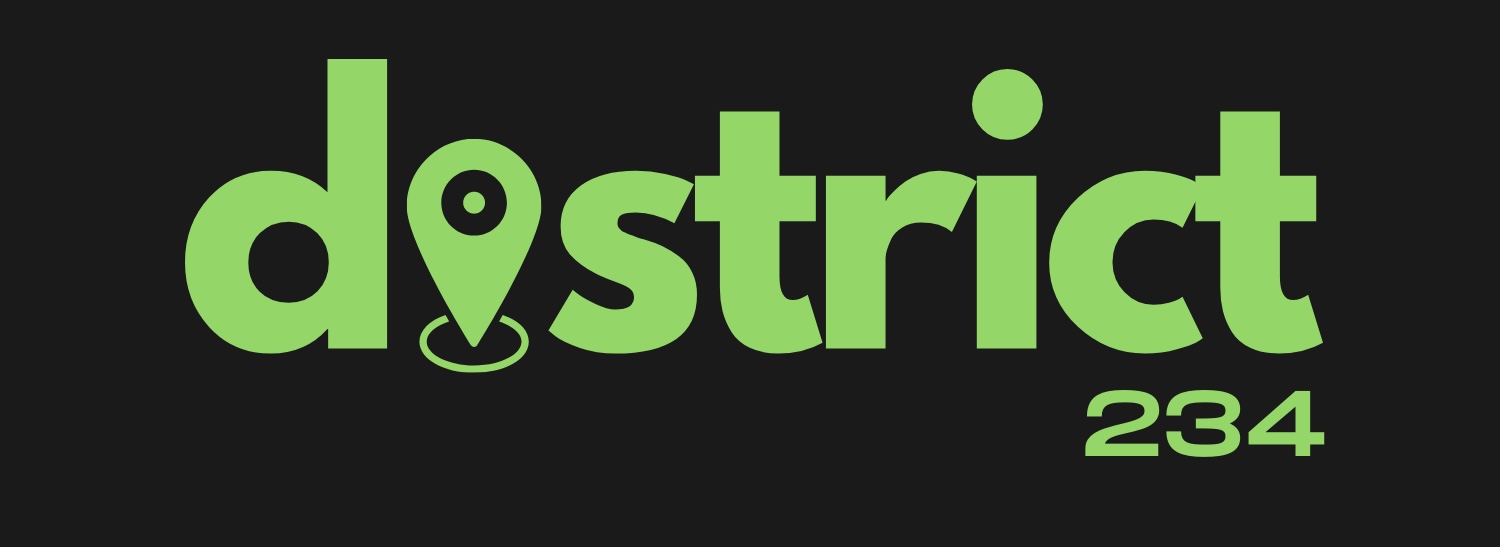
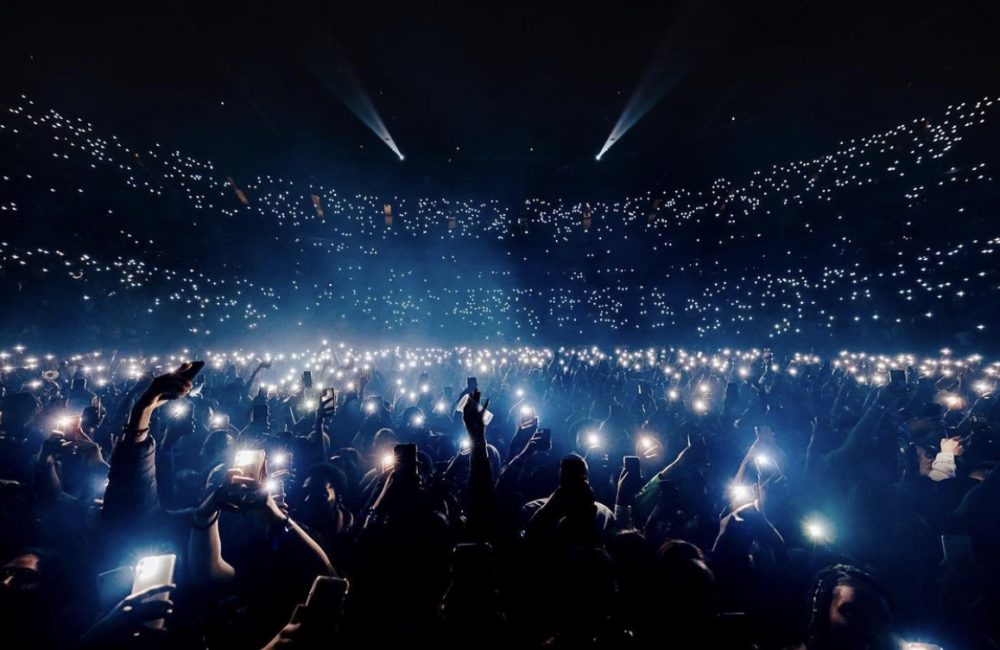
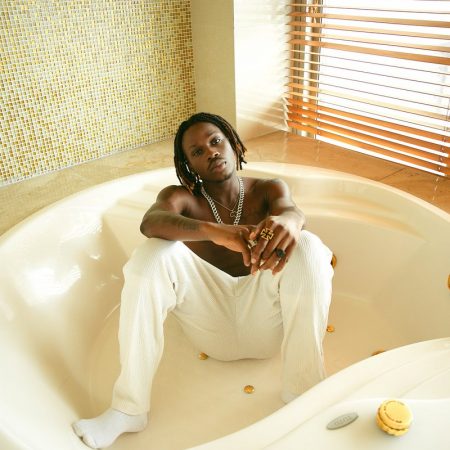




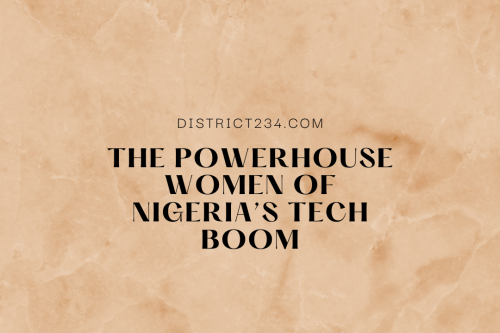
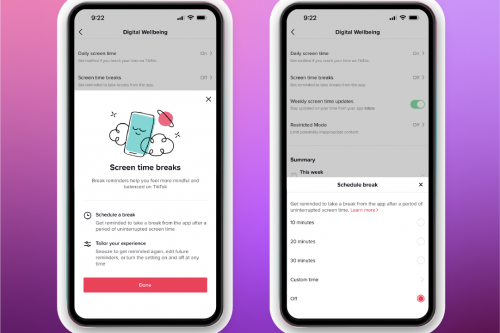
Leave a Reply